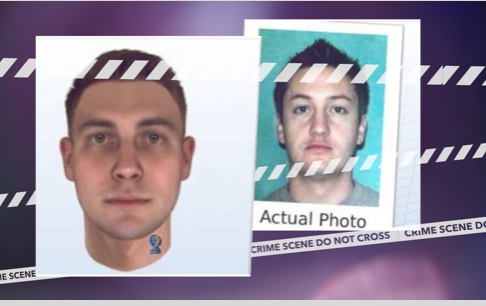DNA Phenotyping is the process of predicting what an organism will look like by taking apart the DNA. This may sound utterly confounding, but there is an in-depth meaning and a science behind it.
First, one has to understand what DNA is. DNA is Deoxyribonucleic Acid.
DNA is a unique molecule that contains the genetic code for every organism. It gives the necessary information for the cell to duplicate/reproduce. DNA is found in the nucleus of a cell and can be found in the mitochondria (called Mitochondrial DNA). However, mitochondrial DNA is found in tiny amounts because it only passes Maternally, which means only through the mother.
DNA carries genetic information in two strands that wrap around each other, creating a shape known as a double helix.
Within the DNA, there are two essential things called genotypes and phenotypes.
According to garvan.org.au, “A person’s genotype is their unique sequence of DNA. More specifically, this term is used to refer to the two forms a person has inherited from their mother and father, for a particular gene. Phenotype is the observable expression of this genotype – a person’s presentation. A person’s phenotype results from the interaction between their genotype and their environment.”
Previously, in forensic science, when trying to identify an unsub (unknown subject), forensic scientists would look at the DNA and create a profile using the STRs.
According to ncbi.nlm.nih.gov, “Short tandem repeats (STRs) are short tandemly repeated DNA sequences that involve a repetitive unit of 1–6 bp [base pairs].”
Forensic scientists would look at the base pairs (BP) to determine whether someone matched the DNA profile they had created in the lab.
However, in recent years, there has been an increase in the use of a new scientific method called DNA phenotyping.
According to snapshot.parabon-nanolabs.com, “DNA Phenotyping is the prediction of physical appearance from DNA. It can be used to generate leads in cases where there are no suspects or database hits, to narrow suspect lists, and to help solve human remains cases.”
In DNA phenotyping, specifically take the phenotypes in the DNA to see what physical characteristics the person would have.
According to snapshot.parabon-nanolabs.com, “The Snapshot DNA Phenotyping System translates SNP information from an unknown individual’s DNA sample into predictions of ancestry and physical appearance traits, such as skin color, hair color, eye color, freckling, and even face morphology.”
It has been used in numerous cases, though the true question is how accurate it is truly and could those numbers affect who gets put in jail or even put to death?
According to ncbi.nlm.nih.gov, “As for statistical measures of test accuracy, the AUC (area under the curve) values lie in the range 0.74–0.99 for eye color, 0.64–0.94 for hair color, and 0.72–0.99 for skin color, depending on the predictive model and color category used.”
This shows that the accuracy is in a large range, from about 60% to 90%. That has a large margin for error.
One of the other main questions about DNA phenotyping is whether or not it is ethical. During the process of this imaging, a picture can be produced that can be sent out to the public.
What if a picture is sent out with only an accuracy of 60%? This could lead to people getting into fights or someone’s entire reputation or life getting destroyed by an accusation based on 60%.
According to ncbi.nlm.nih.gov, “Forensic DNA phenotyping has shown that preserving privacy and protecting against discrimination are major ethical and regulatory considerations.”
As science grows, so will the concerns. This could lead to major violations of ethics and people’s privacy.
This is still a growing science, and one is advised to do their own research before making any opinions on the subject.








